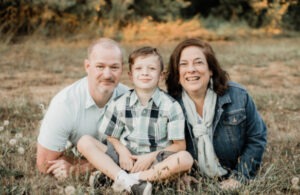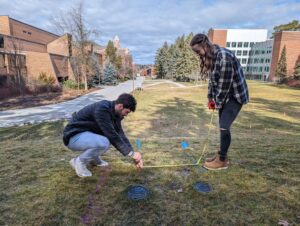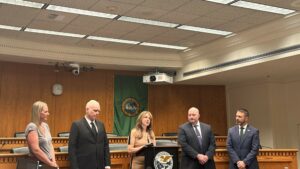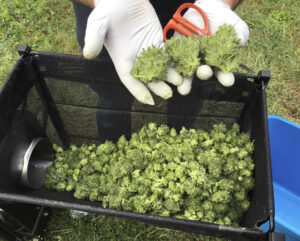PULLMAN, Wash. — While Samantha Edgerton, a second-year doctoral student at Washington State University, logs on to three-hour Zoom classes, her 8-year-old son completes school activities in the next room.

Photo courtesy of Samantha Edgerton
When COVID-19 halted in-person education, she became dually responsible for her son, Ronan, and her studies because her husband works full-time.
“I’m stuck in front of a computer on Zoom,” she said, “and at the same time having to deal with maternal guilt, knowing for those three-hour periods that my son is essentially on his own.”
For WSU graduate students with children, COVID-19 stripped them of an expensive commodity in Pullman, Washington – childcare. Last spring, the university stopped offering its in-person evening childcare program used by several graduate student families.
Although Edgerton’s son is not enrolled in the Children’s Center, she advocates for her peers’ needs through her position as vice president of the Graduate and Professional Student Association.
Graduate students with children often need to utilize childcare services if they teach classes or conduct research on campus. Childcare can be expensive and difficult to find, especially in Pullman.
In July the center reopened at 50% capacity after closing due to COVID-19. About 70 children were allowed care instead of the usual 170, said Brenda Boyd, executive director of the WSU Children’s Center. The student staff also decreased from 60 student employees to two this semester.
Because the center could not enroll the typical number of children, a long waitlist became even longer.
“We encourage families to get on the waitlist as soon as they know they’re having a child,” she said. “To some extent, it’s first-come, first-serve, but it’s also dependent on where we have vacancies.”
The WSU Children’s Center charges students $1,019 a month for full-time infants and $592 for school-age children. Virtual learning support increased costs of care because children now spend more hours at the center. A federal grant helps keep the cost lower, and student fees provide $400,000 annually to support the center.
When student-parents are on the waitlist for the children’s center, the WSU Child Care Resource and Referral program connects them to other early learning environments with vacancies.
The graduate student association started an evening care program about four years ago. That program ended when Covid-19 emerged, said Jenn Johnson, the group’s president.
Student parents may run labs, teach classes or join study groups during weeknights. The program lets any graduate or professional student drop off their children at the center after signing up for their desired day.
Parents can pay a $50 fee for the semester, Johnson said. The program provides dinner and several activities for the children.
That changed in the fall to avoid COVID-19 outbreaks. Now, about 30 families receive packets of activities, games and art projects. The center also plans virtual programs to engage with children.
Although the future is unclear, Boyd said if COVID-19 cases continue to remain low and vaccination rates rise, enrollment could increase for the summer.
“The pandemic has only made it clearer how important childcare is to people so they can work and go to school,” she said.
















